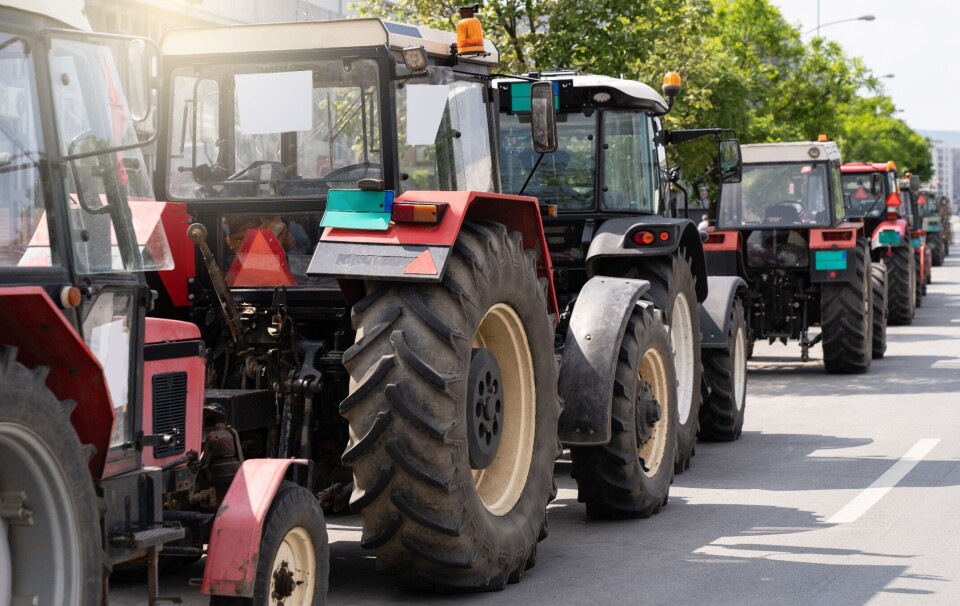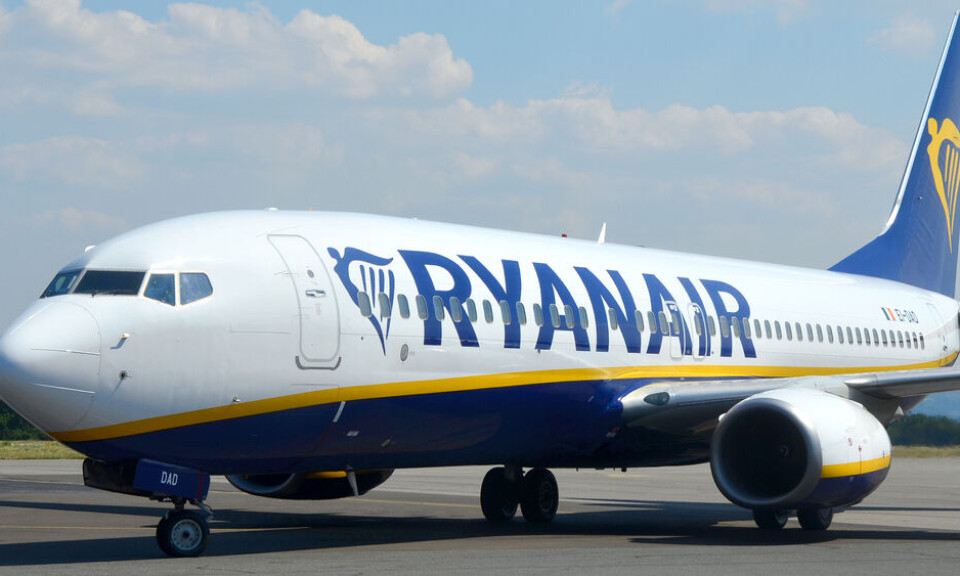Tucked into the last bit of flat land before the hills and creeks which mark the Spanish border, Argeles-sur-Mer (Pyrénées-Orientales) is famous as the town in Europe with the most campsites.
At the last count there were 48 of them in the small commune, situated just behind a 7km beach of fine sand, boasting some 13,500 pitches.
The campsites have a good reputation, with some, including the camping municipal, avoiding the modern fashion of barrack-like huts and mobile homes, and instead having places to pitch a tent or park a caravan.
“What distinguishes us from many other sites is the great diversity of camping options – we still have two-star campsites with 90% of pitches left for tents and a few caravans, as well as five-star ones with mobile homes and huge water features in the centre,” said Nathalie Brunie, manager of the town’s Office de Tourisme.
“It is not from any deliberate strategy, but mainly from the families who all moved into the hôtellerie de plein air, as we call it, at the same time in the 1960s and 1970s, each with different ideas and methods."
Read more: How to explore France in a campervan or motorhome
“Those children, now in their 40s and 50s, now run the site, most after having been away to study, but they continue to see the real value of having diversity. It is something entirely organic, not the result of any planned strategy.”
When did camping become popular?
Camping for tourists developed from 1950, when locals became aware of the sheer number of people having holidays in tents on the beach. The visitors were called baigneurs (swimmers) and not campers back then.
It marked a stark change from late 1938 and early 1939, when French authorities decided, without consulting locals, to build a concentration camp on the beach to handle the flow of refugees from Spain after the civil war.
Conditions, especially during the cold winter of 1939, were atrocious. Refugees, who were meant to be solely men of fighting age, had to build their own camp buildings and put up barbed wire.
Running water was only made available three months after the camp opened. Most of the refugees were Catalans, and shared the local Catalan culture.
Originally intended to handle 2,000 men, the camp eventually held around 100,000 men, women and children, who lived there in hard conditions before being moved on to other camps or mixing into French society in the chaos after the outbreak of World War Two.
Argeles commemoration
A commemorative stone was erected in the town of Argeles, which was officially visited by a member of the Spanish government for the first time in 2023, finally recognising the role played by its exiles of the civil war, and the hardships they endured.
“It is only recently that this episode of history, now called the Retirada by the Spanish, has been remembered,” said Ms Brunie.
“We are thinking of doing more, a bit like the development of the D-Day beaches in Normandy, to remember it, so people can reflect on how a place of misery can become a place of joy.”
Local legend has it that the first campsite in the town was established when a fruit grower noticed more and more people camping in the shade of his apricot trees, and started charging them for basic sanitation services.
Read more: French campsite offers flood victims free holiday
At the end of the year, he realised he had earned more money from the campers than from his trees, and the camping boom began.
“It is true that many, but not all, of the families who founded campsites were farmers,” said Ms Brunie.
“The area was further boosted in the early 1960s by Charles de Gaulle’s determination to turn the Mediterranean into a holiday playground. But it escaped the huge concrete blocks of holiday flats found in other places such as La Grande Motte (Hérault), because pine trees had been planted for the campsites and no one wanted to see these destroyed.”
She said the town of Argeles-sur-Mer has 10,000 residents in winter, and is an “active place”.
“There is no doubt that the campsites are the economic engine, even if the mayor grumbles that they do not bring in as much as other tourist sites,” she laughed.
“I am preparing a report on the economic boost they indirectly bring to the local area, and it is in the hundreds of thousands of euros.
“For example, in the last decade, markets for everything from vegetables to fresh meat have developed, thanks to our campers.”
Mixed summer for France’s campsites
France’s campsites had a mixed summer this year, with a combination of rain, elections, inflation and the Olympic Games dragging down tourist numbers in July, before numbers recovered in the south in August.
Puzzling for some was the sharp drop in reservations after the announcement of early general elections.
“There was an immediate effect on the number of reservations from French people, for which
I cannot give a rational explanation,” said the president of the Fédération nationale de l'hôtellerie de plein air, Nicolas Dayet.
By the end of July, bookings across France were down 9% on last year, and by the time August ended they were down 4%. Most of the August bookings were in the south, as tourists sought a better chance of sun after the months of rain.
Traditional hotel bookings were also down in July, with a fall of 1.6% in room occupancy, but rose by 1.5% in August.
Numbers were particularly low in Paris during the Olympics but hotels made up for low numbers with higher prices.




























